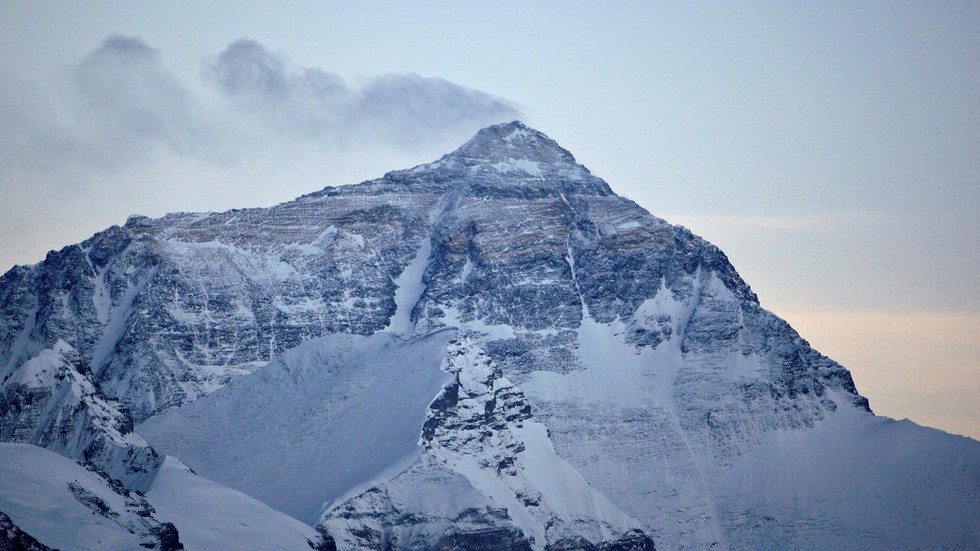Free Courses Sale ends Soon, Get It Now


Free Courses Sale ends Soon, Get It Now



Disclaimer: Copyright infringement not intended.
Context: The South Asia region adjacent to the Tibetan Plateau has among the highest levels of black carbon emission in the world.
Details:
Aerosol
Black Carbon
© 2024 iasgyan. All right reserved